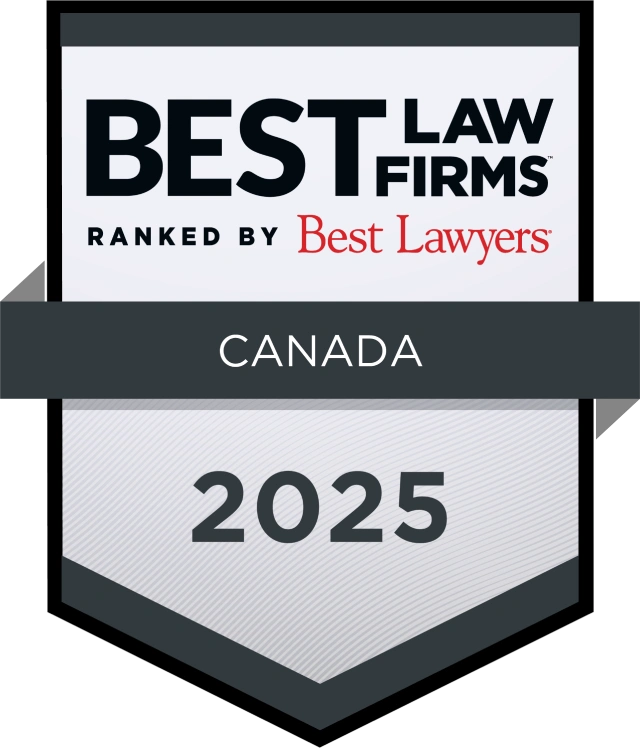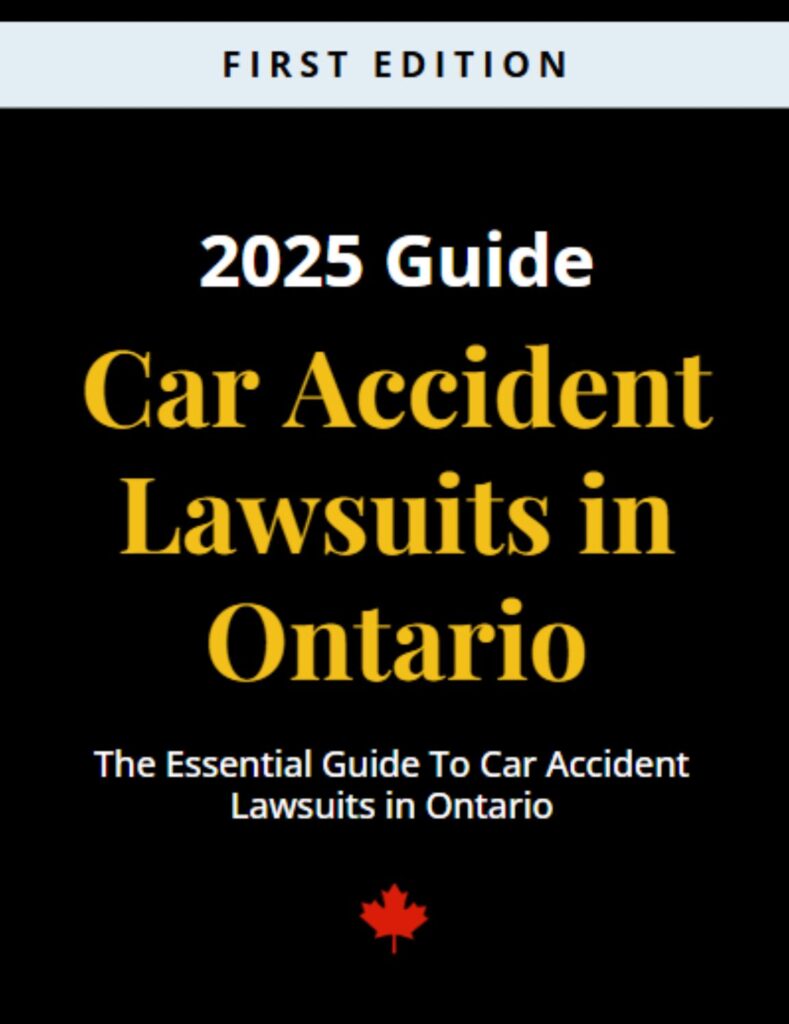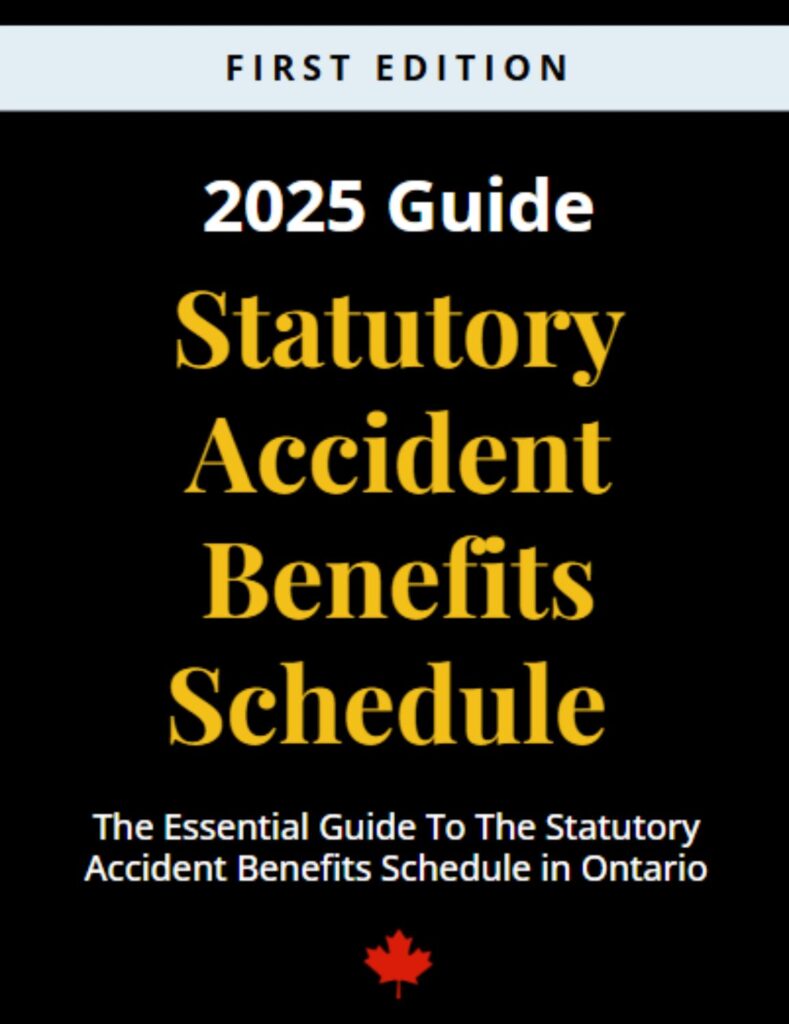Pickering Broken Bones Lawyer
Find out if you have a case today.
Contact our Pickering car accident lawyers for a free consultation if you have legal questions regarding your car accident claim.
Table of Contents
In a car accident, our bones are subjected to various kinds of forces, many of which are capable of causing a severe bone fracture. Although our bones are tough and resistant to impact, even they have limits, and when those limits are reached, the result for car accident victims can be painful and sometimes, in the case of severe bone fractures, life-altering.
Both because of their toughness, the material they are made out of, and their ability to slightly bend to resist force, our bones are resistant to impact-related fractures. However, bones have a breaking point. When the forces exerted on them are too great, a break or fracture is the result.
Types Of Fractures That Happen In A Car Accident
Not every kind of bone fracture is the same, and some are not very severe. For example, in some cases, the bone will slightly crack, but the bone structure remains intact, or the crack does not go all the way through the bone. Although painful, these kinds of fractures will often heal on their own, with enough time (although a doctor may still recommend a splint or cast).
Severe bone fractures can cause extensive damage to the body. A fracture that goes all the way through the bone, bisecting it (dividing it into two), is called a transverse fracture. Although serious, a transverse fracture where the bone above and below the fracture is still aligned will generally heal without serious long term disability so long as the victim keeps it immobile, and then gets the proper therapy as recommended by a doctor.
However, sometimes the bone becomes misaligned; in other words, the two parts of the bone may separate, or one part may jut out or be thrust to the right or left of the other part of the bone. These are called oblique displaced fractures, and they can be very serious.
In some cases, one part of the bone can separate from the other so much that it breaks through and shows through the skin. This is called an open, or compound fracture. This kind of fracture is very serious, and potentially life-threatening and immediate emergency attention is needed. Muscle, tissues and blood vessels that surround the area of the fracture can be damaged. With some bones, especially the longer ones, a fat embolism can develop, which can deposit fatty tissue into the lungs, causing respiratory distress and possibly death.
Another bone fracture often is seen after car accidents is a comminuted fracture. A comminuted fracture is not actually a fracture, but rather a crushing of the bone. The break is completely through the bone, but not with an even, clean crack. Rather, the crack is uneven, with pieces of the bone coming loose. Think of a hammer crushing a stick, not only breaking it, but shattering off shards and pieces.
LET US PUT OUR EXPERTISE TO WORK FOR YOU
Tell Us What Happened
Since 1959, we’ve helped thousands of Canadians get the compensation they deserve with their car accident claims. One of Canada’s oldest personal injury law firms, personal injury law is exclusively what we do. Book a free consultation today with our top-rated personal injury lawyers.
Our team is available 24/7 to speak with you.

How Bones Fracture In An Accident
Because of the serious impact that occurs in a car accident, it is not hard to imagine how bones break. Some common ways that bones in the body are broken or fractured in a car accident are:
- A leg bone can be broken when the interior of a car crushes in on it.
- Arms that slip off steering wheels and go into the car dashboard can cause breaks in the arm.
- Fingers that jam into any part of a car’s interior can fracture bones in the hand
- For those who do not wear a seatbelt, ribs can be fractured on impact with the steering wheel and the interior of the car. Even with a seat belt, an airbag deploying can be strong enough to fracture ribs
- In a side-swipe accident, a collapsing door can crush and fracture hip bones
The risk for fractures goes up even more when an accident is so severe that a driver or passenger is ejected from the car. A body that collides with the interior of a car, and then goes flying out of it and lands on the ground, can sustain fractures in multiple places.
Treatment After A Fracture
After an accident in which a severe bone fracture is suspected, an emergency room will usually take an X-ray, which will reveal the nature and extent of the fracture. Patients may be splinted and sent home, or immediate emergency surgery may be needed. Surgical pins may be implanted to make sure that the joint is stable during recovery.
Once the bone has been put back into position and has been immobile for some time, doctors will usually recommend therapy. Therapy and continued medical care are important after a fracture. Therapy will prevent the surrounding muscles from atrophying. Therapy can also make sure that bones do not re-heal in a crooked or misaligned way. A victim may sustain life-altering lack of function or disability for bones that do not heal correctly, or the bone may permanently lose its ability to sustain weight loads that the body puts on it.
Damages After Accidents
In Pickering, Ontario, there are limits for recovering from minor injuries, however, generally, a fractured bone is not considered minor. This means that the available insurance benefits after an accident are increased via the accident benefits system, and that there is a right to pursue a negligent driver in court for damages that exceed available statutory accident benefits insurance.
In some cases, obtaining additional benefits can be lost if a patient does not get the required medical care, or if a patient ignores doctor’s orders. Aside from the obvious medical benefits, patients should always follow up with medical professionals and heed medical advice when recovering from severe bone fractures.
Our Pickering personal injury lawyers can help you recover insurance benefits and often recover damages from a negligent driver who caused an accident. Call us today to discuss your injuries and your accident.
Proudly Canadian
Award Winning Personal Injury Law Firm
We are proud to be one of Canada’s oldest and long-standing personal injury law firms. Since 1959, we have been providing exceptional legal services and have established ourselves as leading personal injury lawyers in the Canadian legal community. It’s not just the awards that recognize our achievements, but also the wins we’ve achieved for thousands of Canadians with their car accident claims.
Case Results
car accident Settlements
Please note that past results are not indicative of future results as each scenario presents itself with its unique set of circumstances. But here are some car accident related wins we’ve had for our clients.
More car accident Topics
Here’s more information on car accident related topics that we think you might find helpful.
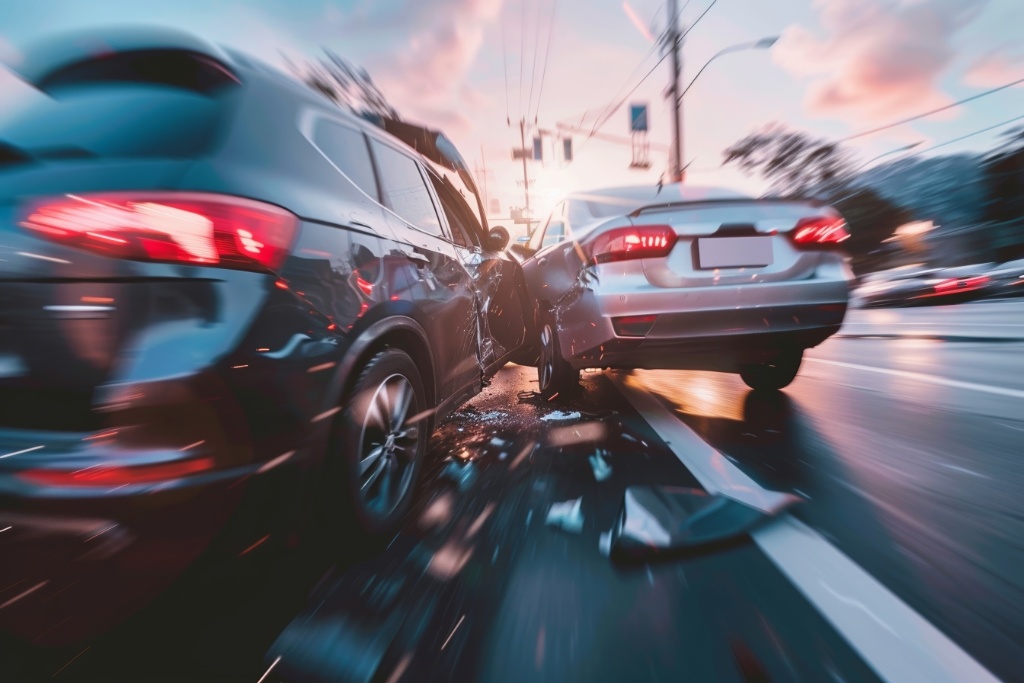
car accident
|
July 21, 2025
Toronto Hit and Run
A hit and run accident in Toronto happens when a driver causes a crash and leaves the scene without stopping to provide information or help…
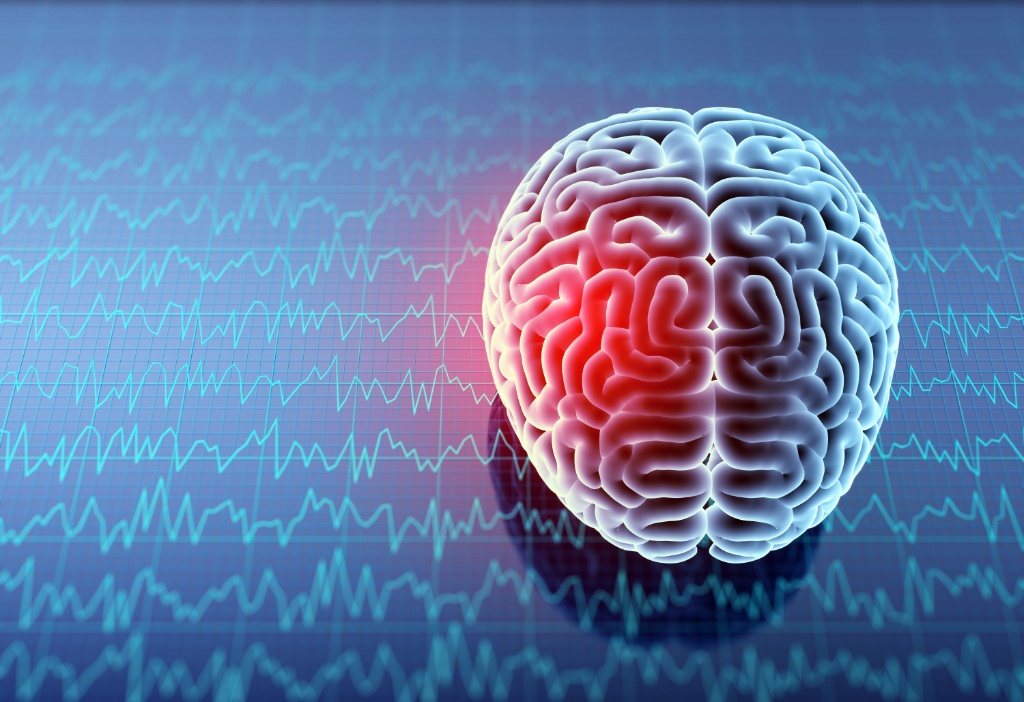
car accident
|
March 19, 2025
Recognizing Concussion Signs After a Car Crash
The shock of a car crash can be overwhelming. The resulting injuries can be devastating, particularly concussions. Recently, there has been an increasing awareness of…
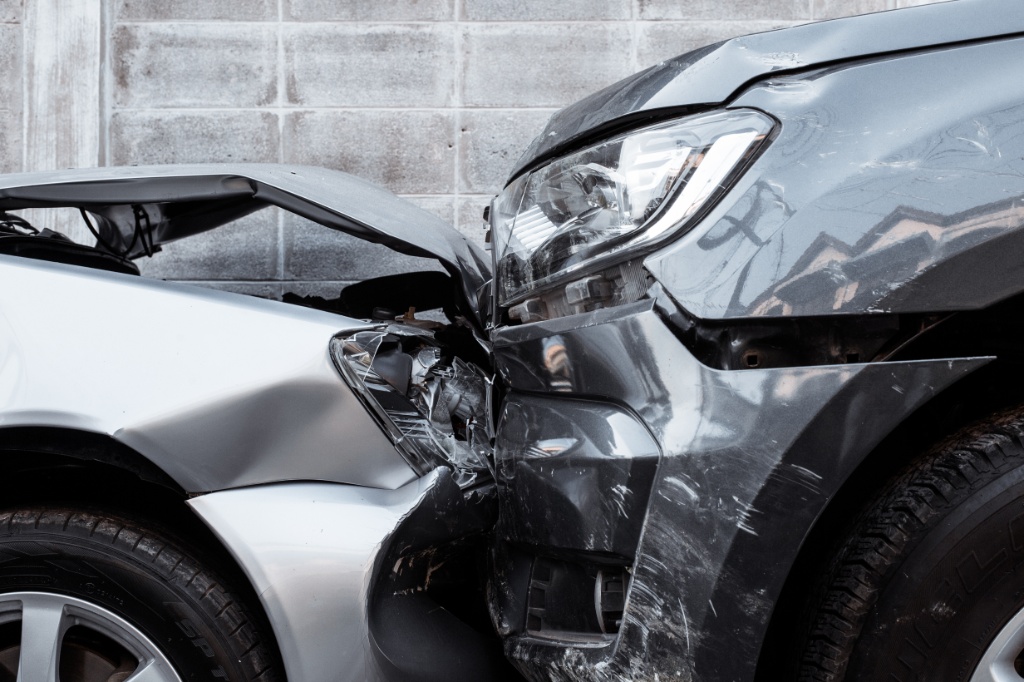
car accident
|
July 3, 2024
Motor Vehicle Fatalities on the Rise in Canada – 2024 Data Study
Overall Findings: After three decades of decline, the number of motor vehicle fatalities in Canada went up by 6% in 2022 The number of fatalities…
More car accident Video Resources
We also have some videos on the topic of car accident claims
car accident FAQs
Here are some commonly asked questions for car accident claims
Do I need a lawyer if the other driver was clearly at fault?
Yes. Even when fault seems obvious, insurers often argue about liability or damages. A lawyer ensures your rights are protected.
What if I was partially responsible for the accident?
Ontario uses a system called contributory negligence. If you share blame, your damages may be reduced by your percentage of fault.
How much does it cost to hire a car accident lawyer?
Preszler Injury Lawyers works on a contingency fee basis. You don’t pay upfront legal fees. Instead, payment is based on the outcome of your claim.
What if the other driver doesn’t have insurance?
The Motor Vehicle Accident Claims Fund provides a safety net in these situations. Our team can help you pursue this option.
Can I still claim benefits if I was a passenger?
Yes. Passengers have the same rights to accident benefits as drivers. You may also pursue a tort claim against the responsible driver.
How soon after an accident can I start receiving loss of income benefits?
Loss of income benefits are typically paid to injured victims of motor vehicle accidents once their claim has been approved by their auto insurance provider. To receive these benefits, you may be required to provide your insurer with documentation from your employer, physicians, and other medical experts stating that your injuries prevent you from working. You will not be granted loss of income benefits for any wages lost during the first 7 days after the injury-causing collision, however you may be eligible to claim lost income for missed working days after that time limitation has elapsed.
What happens if my injuries meet the threshold of catastrophic impairment?
If your injuries meet the threshold of catastrophic impairment, you may be entitled to additional benefits such as increased medical and rehabilitation benefits, attendant care benefits, and housekeeping and home maintenance benefits.
Do my family members have the right to sue the at-fault driver?
Close family members of a person who has been injured or killed in a motor vehicle accident may be able to sue the at-fault driver for their own losses such as loss of care, guidance, and companionship.
HURT IN A CAR ACCIDENT IN PICKERING?
Schedule Your FREE Case Review
Get answers to your legal questions before making decisions
Find out if you have a car accident claim, how much it might be worth, and how we can help you recover faster.



